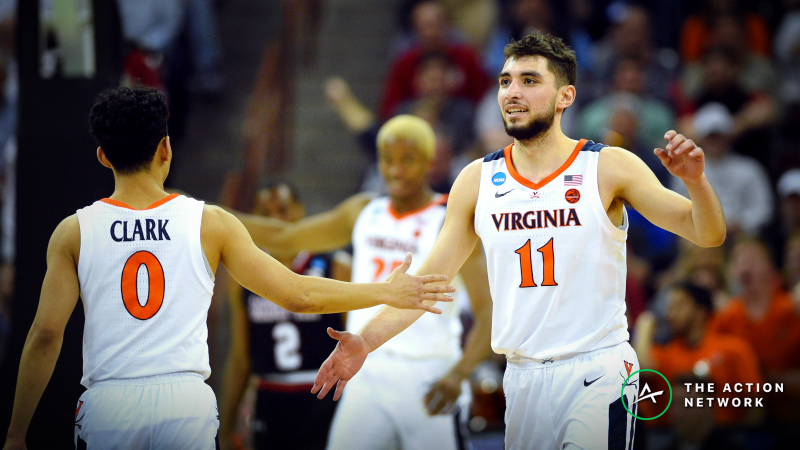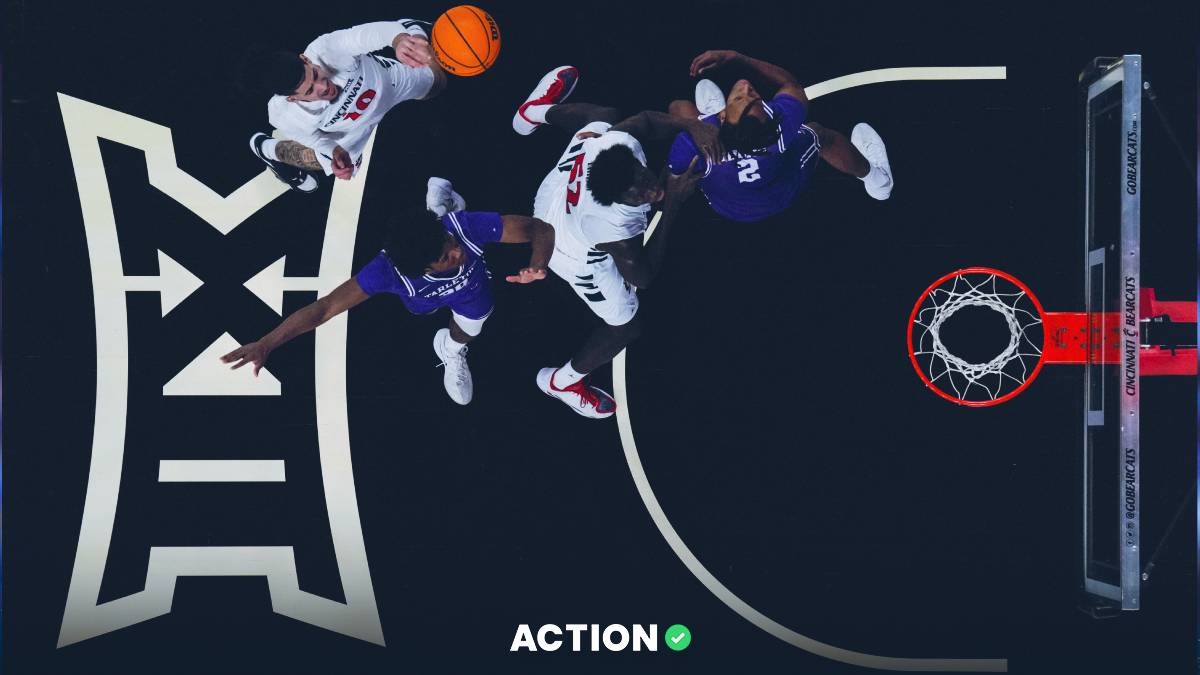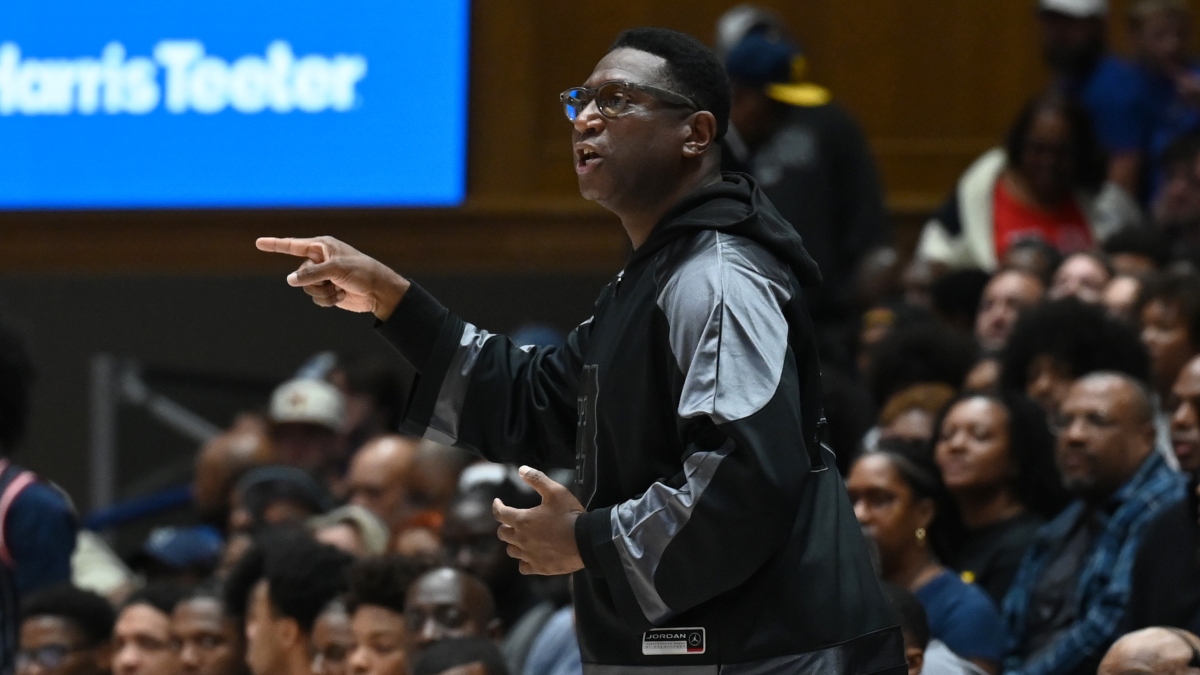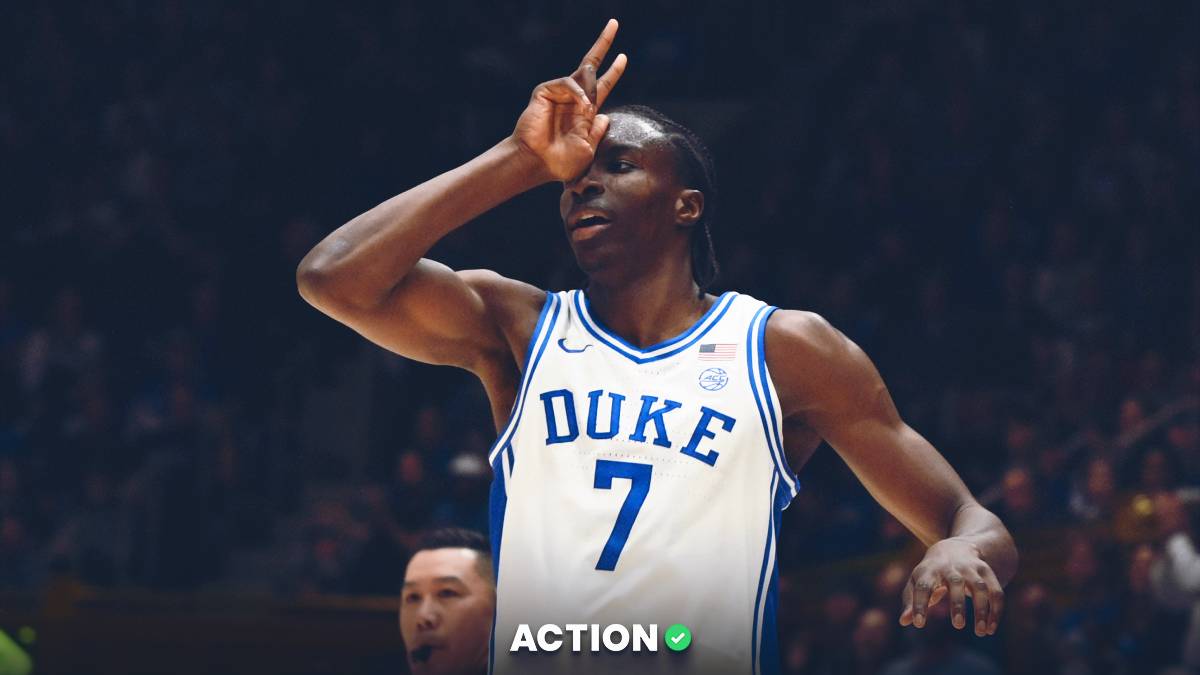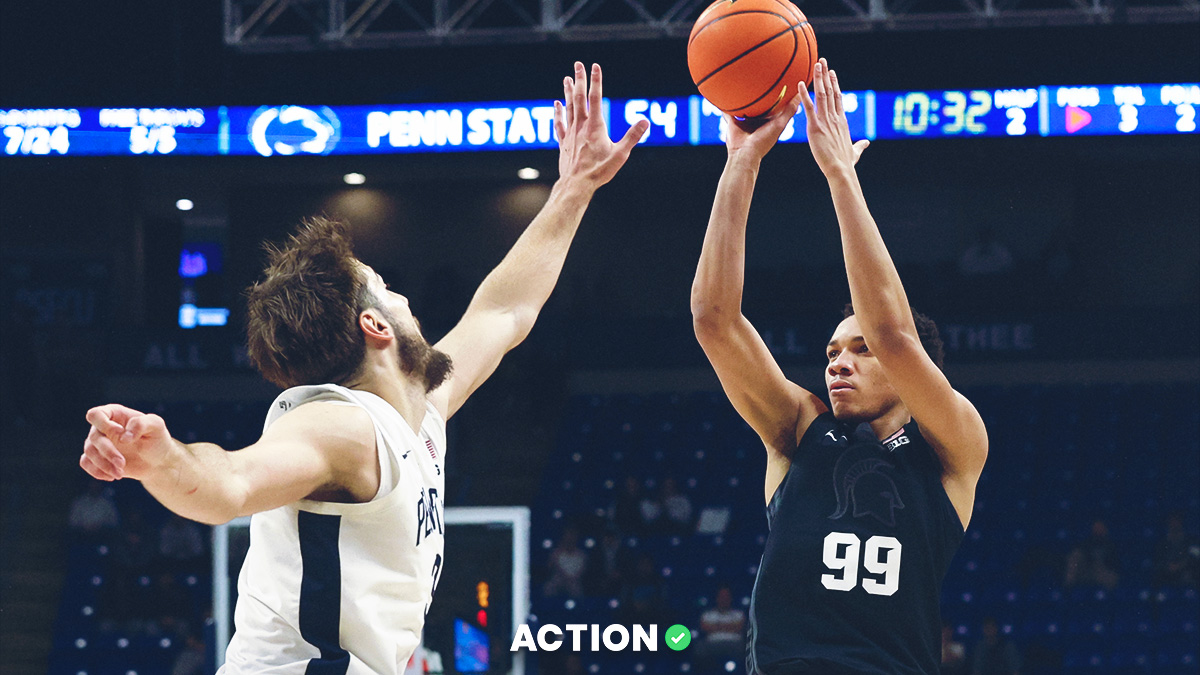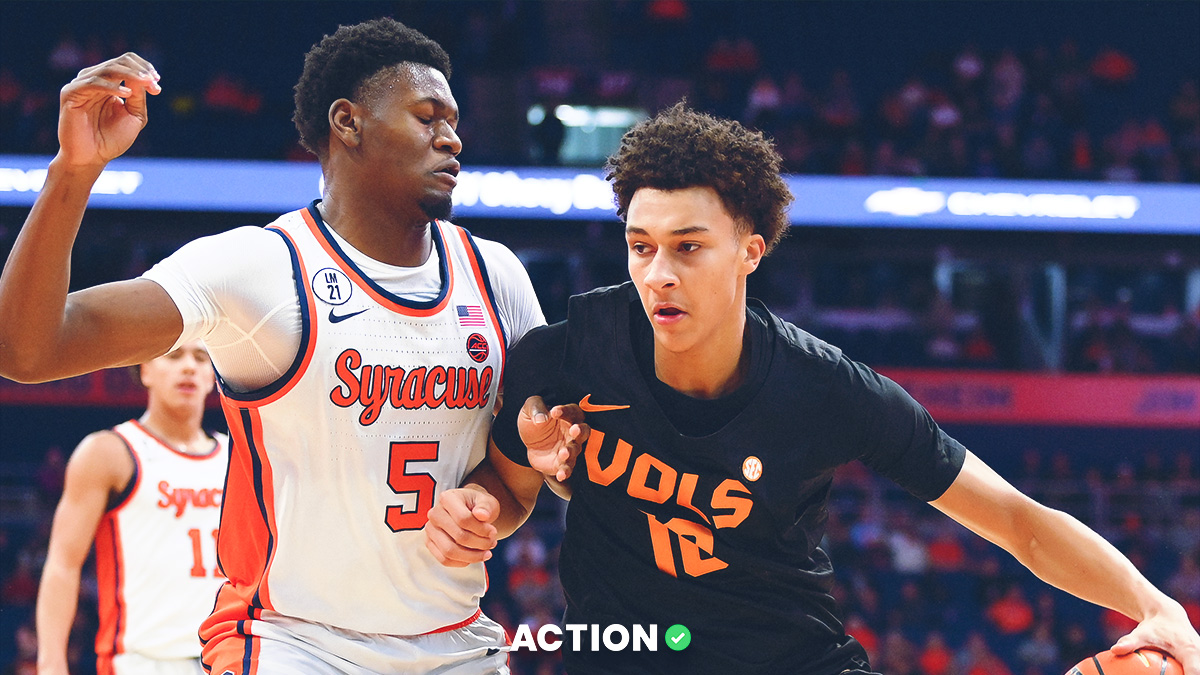- Ryan Collinsworth has established metric thresholds needed to reach the Final Four based on the last 15 years of NCAA Tournament data.
- Now that we're down to 16 teams, he's using his model to project which teams have the best chance to win twice this weekend and reach the Final Four.
Last week, I published an article highlighting potential First Round upsets to target. I built a model that predicts the types of mid-majors that win in the first round — and which ones tend to lose. Then, I used that model to rank this season's mid-major squads based on each team's probability of scoring a first-round upset.
I isolated four teams in particular with the best odds to win their first-round matchups: Murray State, Liberty, Saint Mary's and New Mexico State. Let's review how those teams performed:
Hey, 2-2 straight up and 3-1 against the spread ain't half-bad. And, on top of that, Saint Mary's and New Mexico State only lost by a combined five points. Seems like we might've been on to something here.
So, I've decided to run it back for the Sweet 16. I'll be utilizing similar methods as the 'Cinderella' model (with some minor adjustments I'll get to later).
But, this time around, I won't be highlighting long shots to bust your bracket. Instead, I'll forecast the teams with the best odds to win both their Sweet 16 and Elite 8 matchups, thereby earning a trip to Minneapolis to compete in this year's Final Four.
The Historical Makings of a Final Four Team
Throughout the season, I've been publishing a weekly column on the statistical profile of past national champions and Final Four teams. Here's the final list of teams that fit that championship mold at the close of regular season play:
One thing you might notice about that list is that every one of those 10 teams has made the Sweet 16. Again, not too shabby, even though it's been a historically chalky year.
So, how did I come up with that statistical profile? Well, for a detailed explanation, click here for a full review of my methods and qualifications.
Nonetheless, I think I can summarize it pretty quickly for you:
I analyzed all college basketball teams since the 2001-02 season based on three metrics — each sourced from Ken Pomeroy — to determine which could win the national title this season:
Adjusted offensive efficiency (AdjO): Points scored per 100 possessions, adjusted for opponents
Adjusted defensive efficiency (AdjD): Points allowed per 100 possessions, adjusted for opponents
Adjusted efficiency margin (AdjEM): The difference between a team's offensive and defensive efficiency
I correlated each of these metrics with NCAA Tournament performance and established baselines for each.
This finally brings us back to my Sweet 16 model. Whereas in the 'Cinderella' model we utilized seven different variables, in this one, we're sticking with just the three above.
Using those metrics, I built a model that predicts which teams have the best odds of making it to the Final Four.
Here's what you need to know about the results in the following tables:
- The higher the probability coefficient, the better chance the model gives a team of winning in that round.
- That data point informs the historical W-L column, which shows the tourney results for past teams with equal or better probability coefficients.
- The win% column is simply the percentage attached to the historical W-L.
Sweet 16 Model Results
One Sweet 16 matchup sticks out like a sore thumb here: (3) Purdue vs. (2) Tennessee in the South Region. The Boilermakers and Volunteers report almost the exact same historical win-loss record and win percentage given their respective probability coefficients. That, in theory, makes this game essentially a pick 'em.
Yet, Tennessee remains favored by -1.5 as of writing. If the game truly is a coin flip, there could be marginal value in taking Purdue on the money line at +105.
Among the teams vying for a Sweet 16 upset, Texas Tech's statistical profile reports the highest historical win percentage at 71.9%. While their opponent, Michigan, still outclasses the Red Raiders at 76.4%, that 4.5% win percentage differential is the smallest of any Sweet 16 matchup besides Tennessee-Purdue.
Virginia Tech also presents potential upset value with a win percentage differential of just 8.9% with eminent favorite Duke.
Elite 8 Model Results
The following Elite 8 results assume that each of the 16 teams in the field wins in the Sweet 16 to advance to the next round. So, each team's reported win percentage is round-specific, not cumulative.
Perhaps the most important takeaway from these results is not necessarily the historical records for each team, but instead how the rankings shuffle up and down.
In Elite 8 play, the model more heavily weights AdjD than in the Sweet 16. This helps explain why teams like Houston and Florida State vault up the rankings. Conversely, it also helps explain why Gonzaga's outlook is relatively poor.
In fact, if the Bulldogs do advance to the Elite 8, this model would project either Texas Tech or Michigan to have better odds to win than Gonzaga. For those of you with Gonzaga futures, now may be the perfect time to hedge that bet.
Meanwhile, it appears Virginia is poised to stomp whichever team meets them in the following round. Purdue, Tennessee and Oregon all rank among the bottom five teams in Elite 8 historical win percentage.
Each Team's Probability to Make the Final Four
Calculating each team's Final Four probability isn't as simple as multiplying Sweet 16 and Elite 8 win percentage together. Instead, it requires its own calculation altogether — in part because these teams actually do have to play each other after all.
I'll spare you the mathematical details, but here's how the field shakes out:
Based on these results, our model projects a Final Four that includes Virginia, Duke, Michigan and North Carolina.
Of course, these projections are based on historical precedent and don't take into account each team's individual matchups. All this modeling and statistics work is a — potentially vain — attempt to find some shred of order in what will likely be chaos.
Based on our results, Virginia seems like the strongest bet to make it to Minneapolis. But at this point in the tournament, any team could still realistically make a Final Four run.
Except Oregon. Definitely fade the Ducks.


